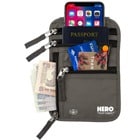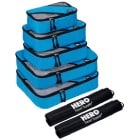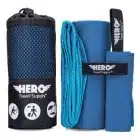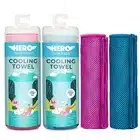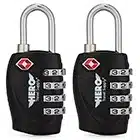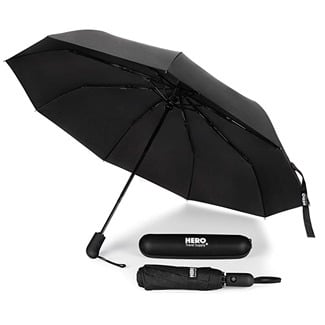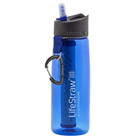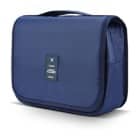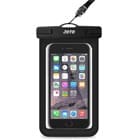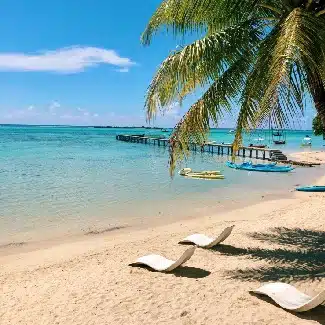There is no island that is more synonymous with the word “paradise” than Tahiti. Ever since the first sailors first set foot on Tahiti’s black sand beaches, the island has been known around the world as a modern-day garden of Eden. From the offshore reefs to the top of Mount Orohena, Tahiti has more than enough beauty to delight the senses of any traveler who is lucky enough to visit.
If you want to experience Tahiti’s wonders for yourself, you’ll want to make sure to be prepared with all the right clothing and gear. This article will cover everything you’ll need to know to plan a safe and fun adventure to one of the best islands in the world. Below is a packing list of essential items to bring to Tahiti with links to Amazon for your convenience, plus info on what NOT to bring or wear.




